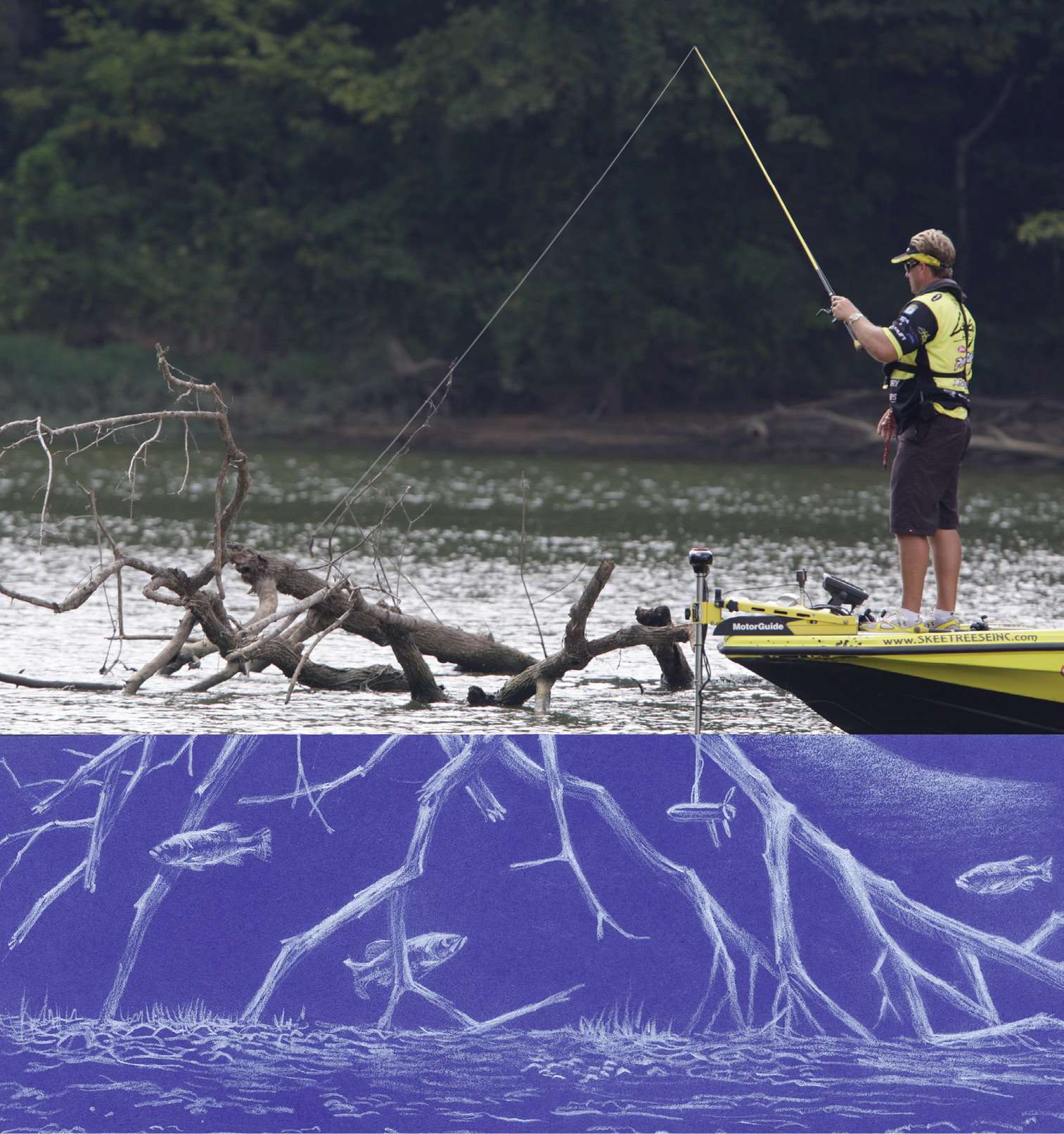
What once stood tall and proud as a bird sanctuary now lies lowly in the water, providing food and shelter for bass.
A tree fallen from the terra firma into the aquatic world is known to bass anglers as a laydown, blowdown or simply a log, depending on how long it has been in the water. The large trunk and heavy branches of a laydown offer ample shade and cover for bass to set up an ambush zone, while the algae buildup on the decaying tree attracts baitfish into the bass’ trap.
Laydowns in bass fisheries across the country come in all shapes and sizes. Some still have tall tops attached that might only have a limb or two showing above the surface, but under the water is a bass haven full of thick branches. Others might be slick logs with only a few stubby boughs left.
Its fish-holding qualities make a laydown a prime target for Bassmaster Elite Series pros, no matter where they fish throughout the country. Elite Series pro Stephen Browning of Arkansas exploited logs washed up on a sandbar at the Red River to catch a 16-pound, 10-ounce limit on the final day of the 2013 Bass Pro Shops Central Open and climbed from 12th place to a victory.
THE PERFECT LAYDOWN
Since this type of cover can be found just about anywhere on a lake or river, which laydown is perfect for fishing in the eyes of the Elite Series pros?
Browning defines the perfect laydown as having a straight, medium-size trunk and six or seven branches with limbs about as wide as a man’s arm or leg. The fallen tree should extend from the bank out to 15 to 20 feet of water. “It gives the fish different depth ranges that they can possibly use,” he says.
The perfect laydown to Virginian John Crews is a toppled hardwood tree that has been in the water for a while. The Elite Series pro prefers for the laydown to extend about 20 to 30 feet off the shoreline and sit over a depth change, such as a channel swing that nudges up to the end of the tree lying along a flat bank.
Cover availability determines which type of laydown is perfect for eight-time B.A.S.S. winner Davy Hite. In sparse cover situations, Hite’s ideal laydown is an old log that has been sitting in the water for a long time and has only one or two pieces of branches still sticking out of the trunk. “That sounds crazy because if you have better laydowns with more cover available then that is not going to be a good one,” says Hite, who believes the sparse log is best because it allows him to land fish more easily without worrying about snagging in a bunch of limbs.
“In our business, the fish that we are able to land and put on the scales are the ones that count,” he says. “Those big ones that get away just make great stories.”
If he fishes an area full of blowdowns, Hite keys on the tree with lots of thick limbs because it will hold the biggest fish in that area. The South Carolina pro also looks for the laydown with the best depth under it when fishing an area loaded with fallen trees.
LAYDOWNS WITH POTENTIAL
Whether on the main lake or in a cove, a laydown extending out to the first drop has plenty of potential to Browning. “I just want it to be where the first major contour break is,” he says. “I want that tree to be at least hanging over that area.” The Arkansas pro notes the drop could be only 3 to 4 feet deep for laydowns on a river, or as deep as 10 to 15 feet for a reservoir blowdown.
Freshly fallen trees knocked down during a storm are also good bass attractors. “It doesn’t take the fish but a day or so for them to get on some really good, heavily foliaged green trees,” Browning says. “I have seen some days when you can run that pattern a day or two after a storm, and it is lights out.”
Isolated laydowns are potential targets for Crews wherever he fishes. He also tries any blowdowns he finds on a point or in a cut.
Hite believes all laydowns have some potential, so he fishes just about every one he finds. “I have caught big fish on the very old, sparse ones with just the trunk there and all the limbs have decayed, and then I have caught fish on ones that are green and very new,” he says.
LAYDOWNS TO AVOID
When a fishery is loaded with laydowns, Browning shuns fallen trees that are extremely bushy or extremely bare. He also disdains fishing softwood laydowns, except in the early spring and during the spawn, when bass seem to prefer hiding in the spindly limbs of cedars or pine trees.
“There are no bad laydowns,” Crews claims. “I have caught fish from dirt-shallow laydowns, even in clear water.” However, the eight-time Bassmaster Classic qualifier does avoid a laydown with long, thick strands of algae growing on it because his lures ball up in the goop.
Hite tries all laydowns during practice and then relies on a process of elimination to separate the good from the bad. “When you pattern fish you can certainly determine which ones to avoid,” he says.
BEST MOSS GROWERS
“A cedar tree [laydown] grows the most amount of algae, but when all that algae grows on it, it is kind of hard for the fish to live in that tree,” Hite says. “The fish have to be beside it.” So a cedar laydown turns into a giant moss ball that attracts baitfish to feed on it, but bass have nowhere to set up ambush points and must cruise along the perimeter of the laydown to pick off prey.
Hite’s favorite laydown species for producing the right amount of algae and fewer hangups are mesquite trees in Texas and sweetgum trees in the East. “Oak trees have a very gnarly, tough bark on them, and you get hung a lot easier in those trees,” he says.
Browning and Crews also believe hardwood trees offer the perfect combination of algae growth to draw baitfish and thick branches for bass to use for cover and shade. They concur that the flimsy limbs of conifer laydowns fail to provide much cover for bass and make it difficult to run lures through without snagging.
SEASONAL LAYDOWNS
“I like hardwood trees more so than the pine trees year-round,” Browning says. “Oak trees will hold fish year-round, compared to other types of trees.”
Hite believes whether he is fishing Santee Cooper in South Carolina, Falcon Lake in Texas or Clear Lake in California, there is one type of laydown he can find fish holding on year-round. He describes this blowdown as being about a year old with large-diameter limbs to provide good cover and sitting on a sloping bank where bass can be found along the tree anywhere from 6 inches to 15 feet deep.
Some laydowns seem to hold fish better during various seasons. “There are a lot of times you can pattern fish on certain laydowns,” Browning says. “It seems like early in the spring when the fish start moving up and getting in that sunning mode, they can be on just about anything, but they like the limbs of that tree to be kind of high in the water column, even up above the surface, more so than the branches all being submerged.”
The Arkansas pro has actually seen prespawn bass hanging in the treetops of the laydowns on sunny, early spring days. He theorizes that the fish might be seeking the comfort of some heat emitting from the treetop.
During the winter and summer, Browning prefers fishing laydowns along bluffs or channel banks. He targets downed trees and old logs on flatter banks in the spring and fall.
Crews also prefers laydowns on bluffs or 45-degree banks either on the north or south side of the lake during winter. Any blowdown situated in an area leading to a spawning pocket, either off the main channel or three-quarters back into a creek, draws Crews’ attention in the springtime. He also looks for nesting fish in shallow laydowns along the flat spawning banks.
When he is fishing a reservoir in the summer, Crews searches for laydowns in the upper riverine sections where the water is stained and the fish are more active in the shallows. Crews favors a laydown with current flowing around it when he fishes on a river during the summertime.
Laydowns hanging over channel drops on the main channel or in the back of a pocket become prime targets for Crews in autumn.
Whether it’s a fresh blowdown from a storm, a broken-down tree uprooted by bank erosion or an old log washed up on a sandbar, a laydown is always worth a cast or two to catch the quality fish living there.
Best Laydown Baits
Bassmaster Elite Series pros Stephen Browning, John Crews and Davy Hite list their top baits for fishing laydowns for each season.
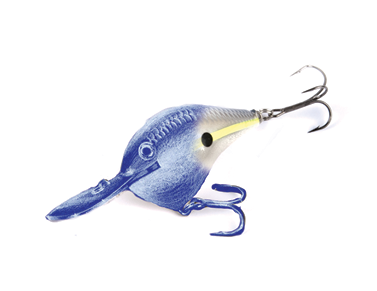 Winter
Winter
Browning: 7/16-ounce Jewel Bait Magnum Casting Jig
Crews: Texas rigged Missile Baits D Bomb, Spro McStick 110, Spro Little John MD 50 crankbait
Hite: Rapala DT10 crankbait, Buckeye Mop Jig
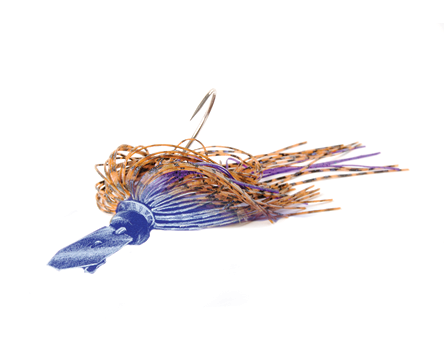
Spring
Browning: 7/16-ounce Jewel Bait Magnum Casting Jig, spinnerbait, ChatterBait
Crews: Spro Little John 50 crankbait in spring craw hue, Texas rigged Missile Baits D Bomb, white swim jig and Missile Baits Twin Turbo plastic trailer
Hite: spinnerbait, square bill crankbait, Buckeye Mop Jig
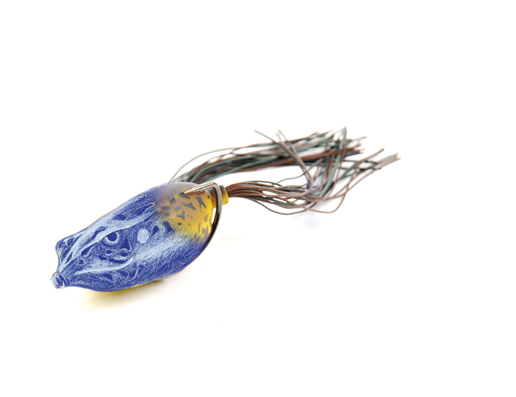
Summer
Browning: square bill crankbait, 1/2-ounce War Eagle Spinnerbait, ChatterBait
Crews: Spro Dean Rojas Bronzeye Frog, Texas rigged Missile Baits D Bomb, Spro Fat John crankbait
Hite: Rapala X-Rap Pop, Rapala Scatter Rap crankbait, Buckeye Mop Jig and plastic craw
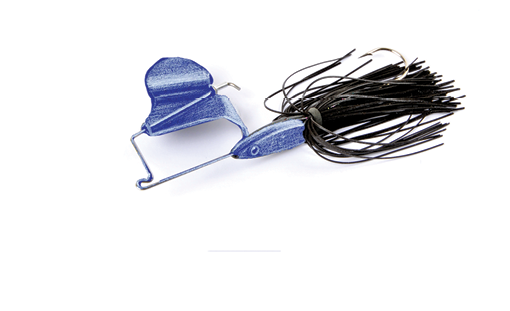
Fall
Browning: square bill crankbait, spinnerbait, 9/16-ounce Jewel Bait Magnum Casting Jig
Crews: Spro Bronzeye Frog, Texas rigged Missile Baits Missile Craw, Spro Little John 50 crankbait
Hite: buzzbait, Trigger X Probe Worm on shaky jighead, Buckeye Mop Jig and plastic craw





